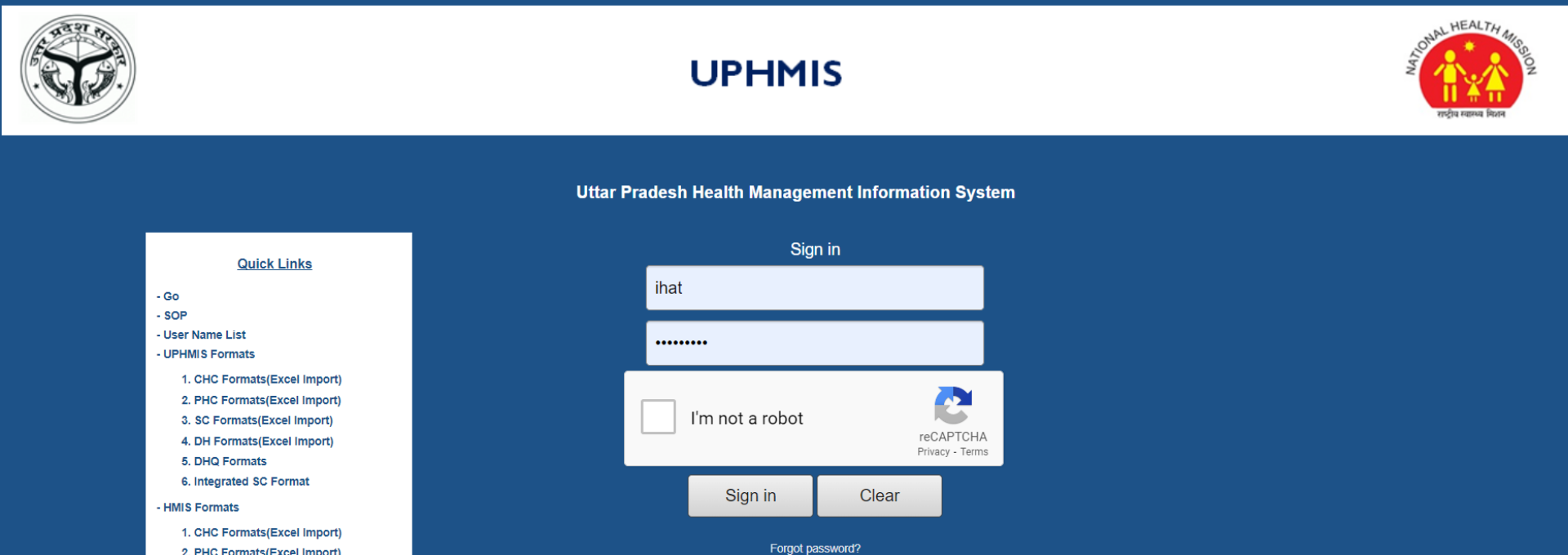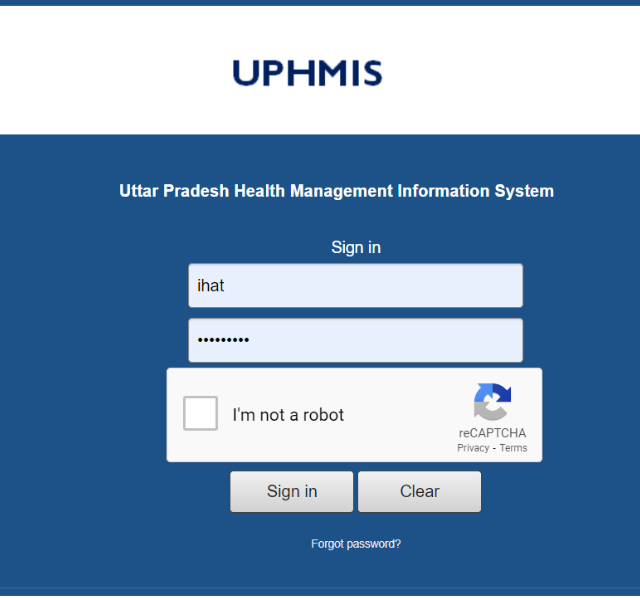

Ankita Meghani, Anand B. Tripathi, Huzaifa Bilal, Shivam Gupta, Ravi Prakash, Vasanthakumar Namasivayam, James Blanchard, Shajy Isac, Pankaj Kumar and B.M. Ramesh
An effective health management information system (HMIS) that captures accurate, consistent, and relevant data in a timely fashion can enable better planning and monitoring of health programs and improved service delivery, in turn helping increase the impact of different interventions. In 2009, the Government of Uttar Pradesh (GOUP) implemented HMIS, India’s national-level health information platform. However, key challenges, including difficulties in accessing the data through a web-based portal and its limited relevance to decision making and managerial needs, reduced its usability at the district and state levels. In 2015, with the support of the Uttar Pradesh Technical Support Unit, the GOUP created its own data platform, the Uttar Pradesh HMIS (UP-HMIS), to capture data elements missing from HMIS but important to UP decision makers. The UP-HMIS was redesigned to capture these data elements to holistically measure and monitor the performance of health programs and inform decision making at the district and state levels. In addition, the GOUP implemented complementary initiatives to improve data quality and data use processes. To improve HMIS data quality, the GOUP established data validation committee meetings at the block, district, and state levels. To promote the use of these validated data, in 2017, the GOUP developed and implemented the UP Health Dashboard, which ranks each of UP’s 75 districts on a set of key HMIS priority health indicators. These policy guidelines have brought greater attention to UP-HMIS data quality and use; however, additional strengthening is required to improve the quality and use of HMIS data. There is a need to increase the overall capacity and understanding of HMIS data, not only for staff with specific data-related responsibilities but also for program managers and senior decision makers.
Authorities should encourage continued data use and performance improvement by investing in training for local-level staff who analyze UP-HMIS data for decision making.